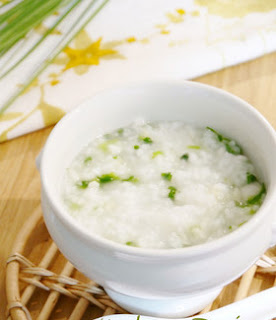Tanabata, also known as the "star festival",
takes place on the 7th day of the 7th month of the year, when, according to a Chinese
legend, the two stars Altair and Vega, which are usually separated from each
other by the milky-way, are able to meet.
Altair is said to breed cattle while Vega weaved cloths in the
heaven. On this special day, a popular custom is to offer livestock miniatures
made of the early summer vegetables in the season such as putting short-cut
chopsticks into the body of eggplant, cucumber, and corn to compare them to the
legs of cattle and horse miniatures and put the miniatures under the bamboo
tree.
Delicacies of the summer, such as chilled watermelon, somen (fine
noodles usually eaten cold), edamame (young soya beans in the pod), azuki bean
jelly and pickles are also eaten to welcome the season.
ささのは さらさら The bamboo leaves rustle
のきばに ゆれる shaking away in the leaves
お星さま きらきら The stars twinkle
きんぎん すなご on the gold and silver grains of sand
ごしきの たんざく The five-colored mulberry paper strips
わたしが かいた I have already written
お星さま きらきら The stars twinkle,
空から 見てる they watch us from heaven.
のきばに ゆれる shaking away in the leaves
お星さま きらきら The stars twinkle
きんぎん すなご on the gold and silver grains of sand
ごしきの たんざく The five-colored mulberry paper strips
わたしが かいた I have already written
お星さま きらきら The stars twinkle,
空から 見てる they watch us from heaven.
























